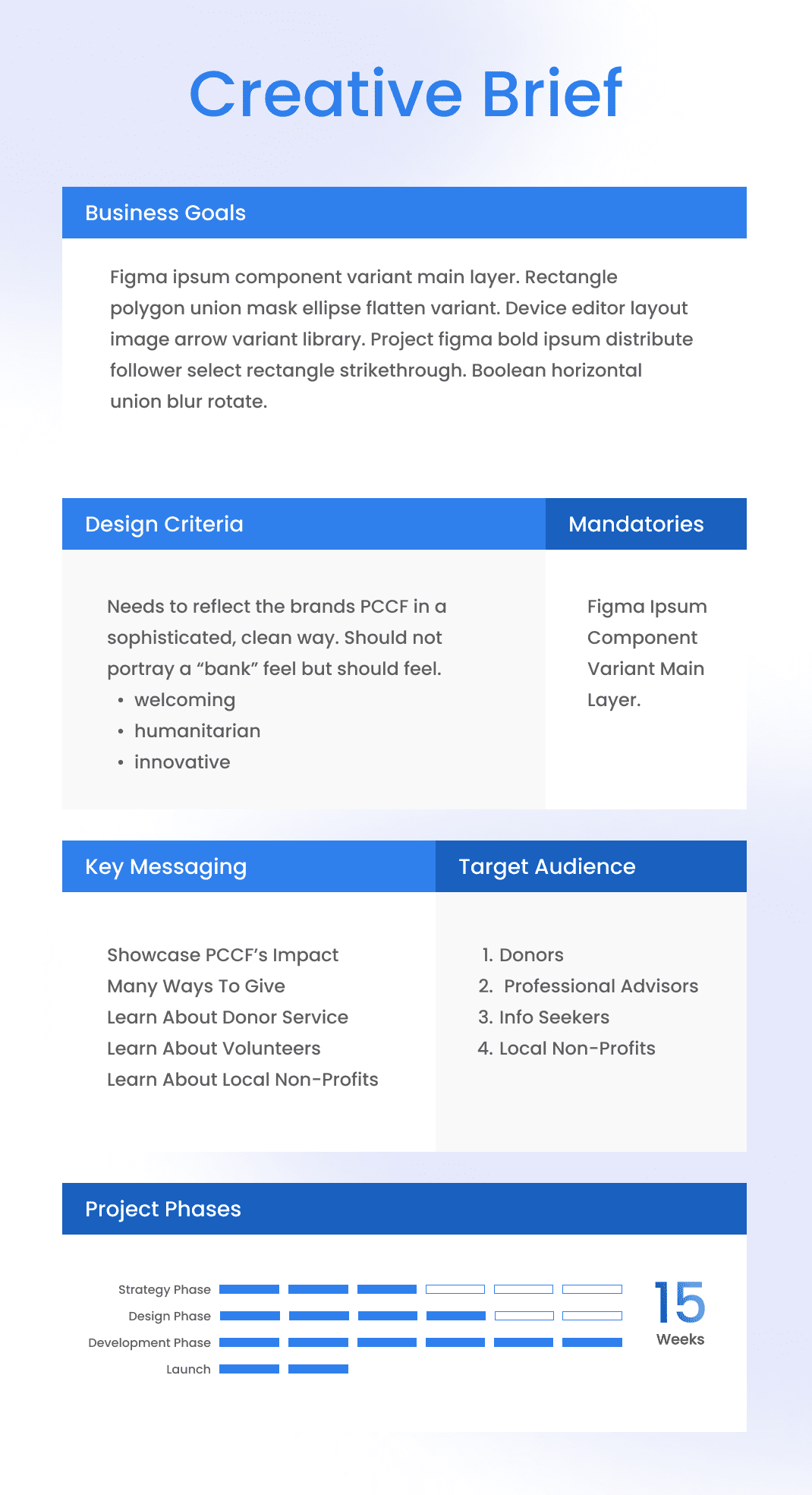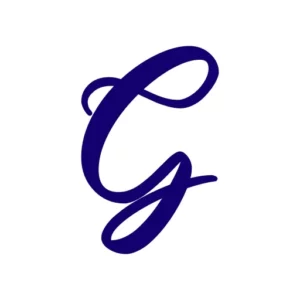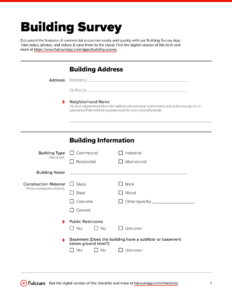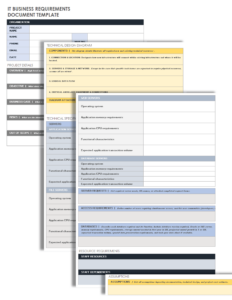Building a website can be a complex and time-consuming process. But by carefully planning and documenting your requirements, you can help ensure that your website meets your business needs and user expectations. A web design requirements template can be a helpful tool in this process. It can provide you with a structured framework for gathering and organizing your requirements, making it easier to communicate them to your design team.
There are many different web design requirements templates available, but the best one for you will depend on your specific project. However, most templates will include the following sections:

Project Overview
This section should provide a brief overview of your project, including the project name, goals, and target audience. It should also include a list of any key stakeholders who will need to be involved in the design process.
By clearly defining the scope of your project, you can help ensure that your design team understands your expectations and can deliver a product that meets your needs.
Content Requirements
This section should describe the content that you want to include on your website. This includes the text, images, videos, and other multimedia elements that will be used to populate your site. It is important to provide as much detail as possible about your content requirements, so that your design team can create a website that is visually appealing and easy to navigate.
When specifying your content requirements, it is important to consider the following:
- The purpose of your website
- The target audience for your website
- The type of content that will be most effective in achieving your goals
Functional Requirements
This section should describe the functionality that you want your website to have. This includes the ability to perform tasks such as accepting online payments, processing orders, or providing customer support. It is important to be specific about your functional requirements, so that your design team can create a website that meets your specific needs.
When specifying your functional requirements, it is important to consider the following:
- The tasks that you want users to be able to perform on your website
- The user experience that you want to create
- The technical constraints that you have, such as budget and time
Technical Requirements
This section should describe the technical requirements that your website must meet. This includes the hardware and software requirements, as well as any specific security or compliance requirements. It is important to work with your design team to ensure that your website meets all of the necessary technical requirements.
When specifying your technical requirements, it is important to consider the following:
- The platform that you will be using to build your website
- The hosting environment that you will be using
- The security measures that you need to implement
Conclusion
By using a web design requirements template, you can help ensure that your website meets your business needs and user expectations. It can provide you with a structured framework for gathering and organizing your requirements, making it easier to communicate them to your design team.
Once you have completed your requirements template, be sure to review it carefully and make any necessary changes. The more detailed and accurate your requirements are, the better your design team will be able to create a website that meets your needs.


